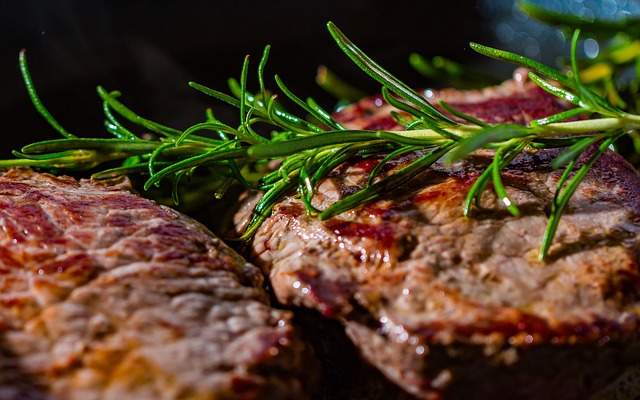Introduction
The hydrolysis of carbohydrates refers to the process by which carbohydrates are broken down into their constituent monosaccharides through the addition of water molecules. This process is essential for the digestion and absorption of carbohydrates in the human body. In this article, we will explore the hydrolysis of carbohydrates in more detail, discussing the mechanisms involved and the importance of this process.
Hydrolysis of Carbohydrates
Carbohydrates are one of the main sources of energy for living organisms. They are composed of carbon, hydrogen, and oxygen atoms, and can exist in various forms such as monosaccharides, disaccharides, and polysaccharides. Before carbohydrates can be utilized by the body, they need to be broken down into their simplest form, which is typically monosaccharides.
The hydrolysis of carbohydrates occurs through the enzymatic cleavage of glycosidic bonds. Glycosidic bonds are the chemical bonds that link individual sugar units together in carbohydrates. Enzymes known as glycosidases catalyze the hydrolysis reaction by adding a water molecule to the glycosidic bond, resulting in the formation of two separate sugar molecules.
The hydrolysis of carbohydrates can take place in various locations within the body, depending on the type of carbohydrate being digested. For example, the hydrolysis of starch, a polysaccharide found in plants, begins in the mouth with the enzyme amylase present in saliva. This process continues in the small intestine, where pancreatic amylase further breaks down starch into maltose, a disaccharide.
Further hydrolysis of disaccharides occurs in the small intestine through the action of specific enzymes. For instance, the enzyme sucrase breaks down sucrose into glucose and fructose, while lactase breaks down lactose into glucose and galactose. These monosaccharides can then be absorbed into the bloodstream and transported to cells for energy production.
Importance of Carbohydrate Hydrolysis
The hydrolysis of carbohydrates is crucial for the efficient utilization of dietary carbohydrates by the body. Without this process, the complex carbohydrates present in our diet would be indigestible and unable to provide energy. By breaking down carbohydrates into their simplest form, the body can easily absorb and utilize the resulting monosaccharides.
In addition to energy production, the hydrolysis of carbohydrates also plays a role in other physiological processes. For example, monosaccharides like glucose are essential for maintaining normal blood sugar levels. Glucose serves as a primary fuel source for the brain and muscles, and its hydrolysis from complex carbohydrates ensures a steady supply of glucose for these vital functions.
Furthermore, the hydrolysis of carbohydrates also allows for the synthesis of other important molecules in the body. For instance, glucose can be converted into glycogen, a polysaccharide that serves as a storage form of glucose in the liver and muscles. This stored glycogen can be hydrolyzed back into glucose when the body requires additional energy.
Conclusion
The hydrolysis of carbohydrates is a fundamental process that enables the digestion and absorption of dietary carbohydrates. Through enzymatic cleavage of glycosidic bonds, complex carbohydrates are broken down into their constituent monosaccharides, which can then be utilized by the body for energy production and other physiological functions. Understanding the mechanisms and importance of carbohydrate hydrolysis provides valuable insights into the role of carbohydrates in maintaining overall health and well-being.
References
– National Center for Biotechnology Information. (2021). Carbohydrate Metabolism. Retrieved from ncbi.nlm.nih.gov
– Nelson, D. L., Cox, M. M. (2008). Lehninger Principles of Biochemistry. W.H. Freeman and Company.











